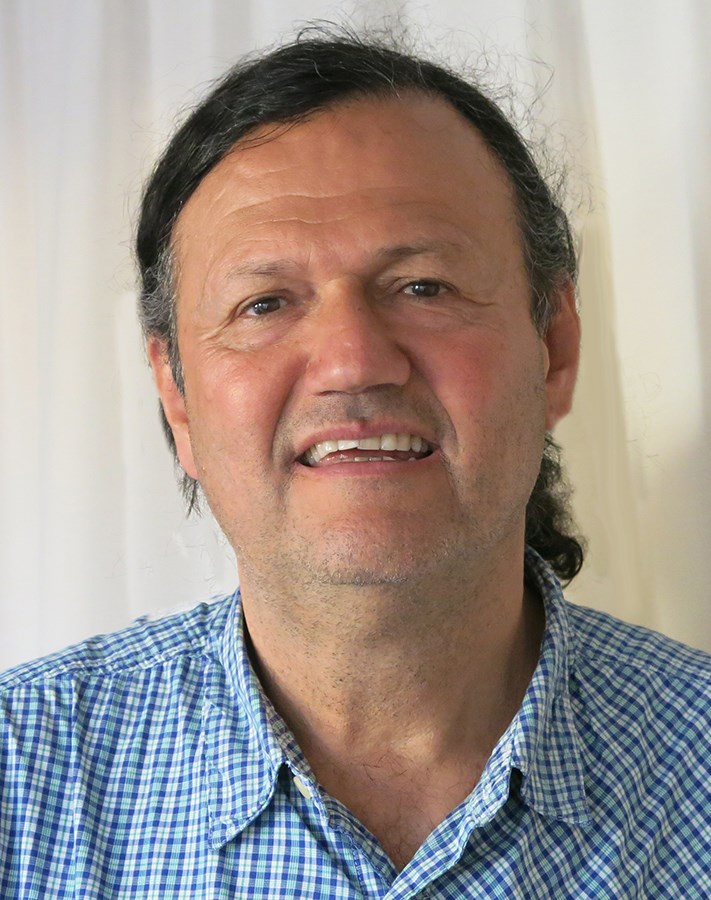We develop a model in which delinquents compete with each other in criminal activities but may benefit from being friends with other criminals by learning and acquiring proper know-how on the crime business. By taking the social network connecting agents as given, we study the subgame perfect Nash equilibrium of this game in which individuals decide first to work or to become a criminal and then the crime effort provided if criminals. We show that this game always has a pure strategy subgame perfect Nash equilibrium that we characterize. Ex ante identical individuals connected through a network can end up with very different equilibrium outcomes: either employed, or isolated criminal or criminals in network. We also show that multiple equilibria with different number of active criminals and levels of involvement in rime activities may coexist and are only driven by the geometry of the pattern of links connecting criminals. Using the equilibrium concept of pairwise-stable networks, we then show that the multiplicity of equilibrium outcomes holds even when we allow for endogenous network formation.
Working Paper No. 601
Social Networks and Crime Decisions: The Role of Social Structure in Facilitating Delinquent Behavior
Working Paper
Referens
Calvó-Armengol, Antoni och Yves Zenou (2003). ”Social Networks and Crime Decisions: The Role of Social Structure in Facilitating Delinquent Behavior”. IFN Working Paper nr 601. Stockholm: Institutet för Näringslivsforskning.
Calvó-Armengol, Antoni och Yves Zenou (2003). ”Social Networks and Crime Decisions: The Role of Social Structure in Facilitating Delinquent Behavior”. IFN Working Paper nr 601. Stockholm: Institutet för Näringslivsforskning.
Författare
Antoni Calvó-Armengol,
Yves Zenou

